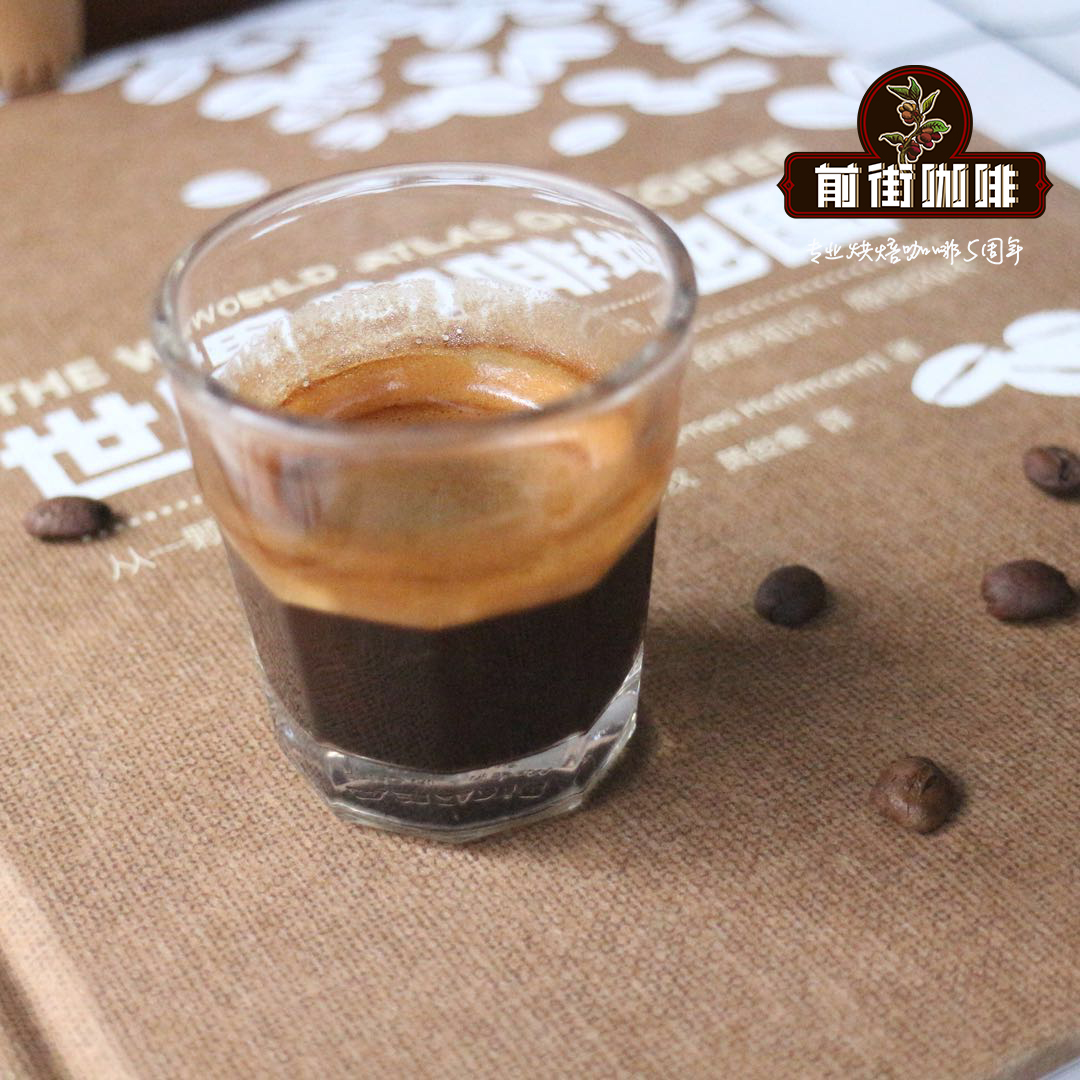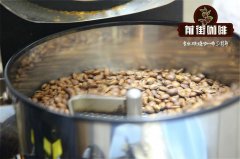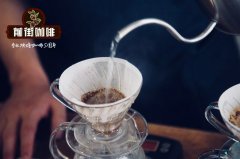Flavor characteristics of Historical stories about the cultivation of Gigante Higante Coffee in Ecuador

Professional coffee knowledge exchange more coffee bean information please follow the coffee workshop (Wechat official account cafe_style)
Ecuador, which passes through the equator between Colombia and Peru, is one of the few countries in South America that produces both Arabica and robusta coffee. In fact, Ecuador means "equator" in Spanish. Due to the use of old-fashioned traditional harvesting and handling methods, Ecuadorian coffee is not included in the list of boutique coffee, so it is generally rare and unfamiliar.
When my thoughts run aground in a cup of mellow coffee, I feel pleasant and comfortable. We like to have a cup of coffee to cheer us up, which is common to the world and full of local flavor. Coffee is the second largest export in the world after oil. Thanks to the hard work of about 100 million coffee farmers around the world, we can enjoy 12000 cups of coffee per second. Why do we like coffee? Coffee can basically be divided into two categories, daylight coffee and sunshade coffee; at the same time, it can also be divided into coffee grown in flatlands or mountains, and coffee produced industrially or organically. Coffee grown in high mountains (about 8-2000 meters) is called Arabica coffee, coffee grown in large quantities on flat land, and sometimes misuse of pesticides and agrochemicals to control diseases and insect pests. Coffee grown in mountain areas and volcanoes is of better quality if it is picked up in forested areas according to its diverse topography. As a result, Arabica coffee is more ecological and of better quality.
Arabica coffee is grown in different regions of Ecuador under climatic and topographical conditions, such as the world's extremely high altitude (between 1600 and 1900 meters) coffee growing park in the southern province of Loja. Coffee is also grown in the Amazon forest; coffee is grown in the highlands of Zamora Chinchipe province, avoiding the crisis of local deforestation. In addition, the coffee grown in the el Oro Highlands, the golden coast of Ecuador, is foggy due to the intersection of cold winds from the Andes and hot air from the Pacific Ocean, and partially covers the local coffee park. High altitude, land conditions and good post-processing have created the local coffee with a special flavor-acidity, aroma, mild taste and strong walnut flavor. Manabi is a very important coffee producing area along the coast of Ecuador, and its park is located about 400-600m above sea level. Due to the regional climate formed by ocean currents, the taste of its coffee is different from that grown in other lowlands. With excellent taste and aroma and moderate acidity, it is very suitable for the production of Expreso coffee.
The Arabian Coffee Tree was first introduced to Ecuador (Ecuador) in 1952 and its coffee is of good quality, especially the coffee harvested in early June. Ecuadorian coffee beans can be divided into two varieties: Galapagos and Gigante, both of which have the characteristics of large granules and heavy weight. Ecuadorian coffee can be divided into first class (No.1) and super excellent (ExtraSuperior) according to its quality. They are mainly exported to the Nordic countries of Scandinavia.
The main problem facing coffee producers is their efforts to maintain stable quality. The coffee here is generally well-balanced and refreshing, with a unique aroma.
Ecuador is one of the few countries in South America that produces both Arabica coffee and Robbins coffee. However, as the land suitable for Arabica coffee trees is decreasing, the production of Robbins coffee is gradually increasing. The best Arabica coffee comes from the Andes, especially the Chanchagu Valley (ChanchamgoValley). The Andes are divided into two mountains, extending from south to north to central Ecuador.
Ecuador, located between Colombia and Guilu in South America
Coffee has a long history, and the Loha region is in southern Ecuador.
Close to the Andes, it is one of the highest coffee-growing areas in the world.
It is also an important coffee exporting city in the country. Most of them are planted naturally in the shade.
The local high altitude, climate change and soil quality are very suitable for coffee growth.
Qianjie coffee: Guangzhou bakery, the store is small but a variety of beans, you can find a variety of unknown beans, but also provide online store services. Https://shop104210103.taobao.com
Important Notice :
前街咖啡 FrontStreet Coffee has moved to new addredd:
FrontStreet Coffee Address: 315,Donghua East Road,GuangZhou
Tel:020 38364473
- Prev

How about Ecuadorian coffee brand Galapagos coffee? is Ecuadorian coffee good?
Professional coffee knowledge exchange more coffee bean information please pay attention to coffee workshop (Wechat official account cafe_style) located in South America between Colombia and Guelu Ecuador, coffee cultivation has a long history, Loha region in southern Ecuador, close to the Andes Mountains, is one of the highest coffee-growing regions in the world, is also the country's important coffee export city
- Next

Flavor characteristics of Rwandan Coffee in Red Bourbon-Buf Caf é small Farm
Professional coffee knowledge exchange more coffee bean information please follow the coffee workshop (Wechat official account cafe_style) Rwanda is located in the heart of the interior of Africa, its mountain terrain is fertile land, as well as ancient traditional bourbon species, indicating that the natural environment needed to grow quality coffee beans can be found everywhere in Rwanda. Coffee was introduced to Rwanda by German missionaries in 1904, 1930.
Related
- Detailed explanation of Jadeite planting Land in Panamanian Jadeite Manor introduction to the grading system of Jadeite competitive bidding, Red bid, Green bid and Rose Summer
- Story of Coffee planting in Brenka region of Costa Rica Stonehenge Manor anaerobic heavy honey treatment of flavor mouth
- What's on the barrel of Blue Mountain Coffee beans?
- Can American coffee also pull flowers? How to use hot American style to pull out a good-looking pattern?
- Can you make a cold extract with coffee beans? What is the right proportion for cold-extracted coffee formula?
- Indonesian PWN Gold Mandrine Coffee Origin Features Flavor How to Chong? Mandolin coffee is American.
- A brief introduction to the flavor characteristics of Brazilian yellow bourbon coffee beans
- What is the effect of different water quality on the flavor of cold-extracted coffee? What kind of water is best for brewing coffee?
- Why do you think of Rose Summer whenever you mention Panamanian coffee?
- Introduction to the characteristics of authentic blue mountain coffee bean producing areas? What is the CIB Coffee Authority in Jamaica?

